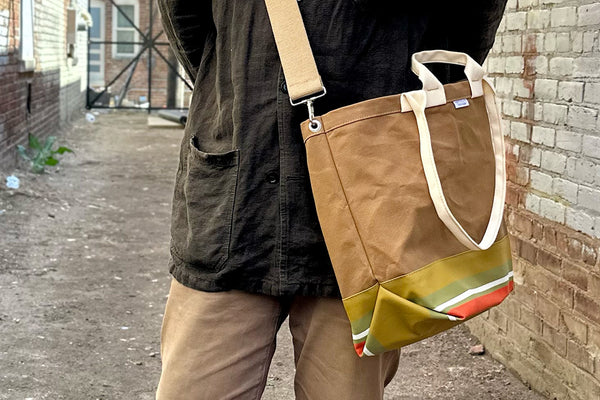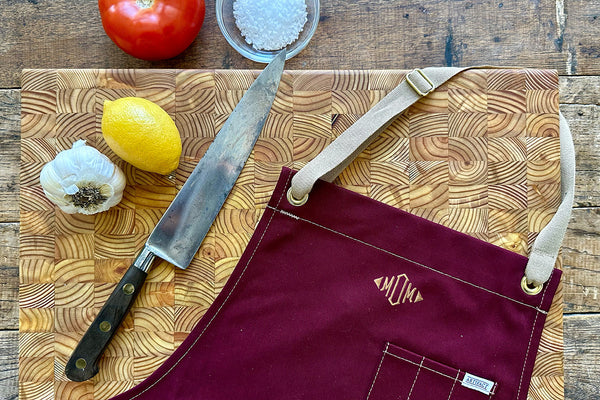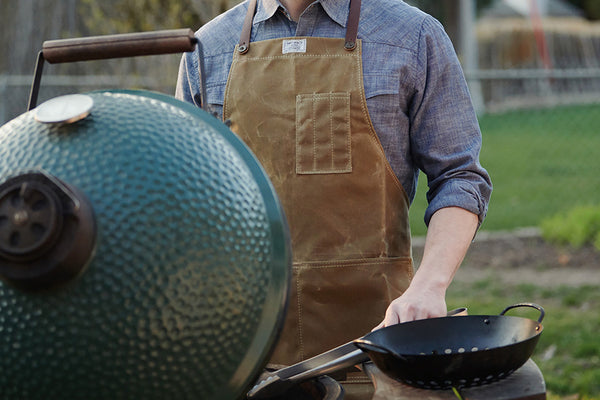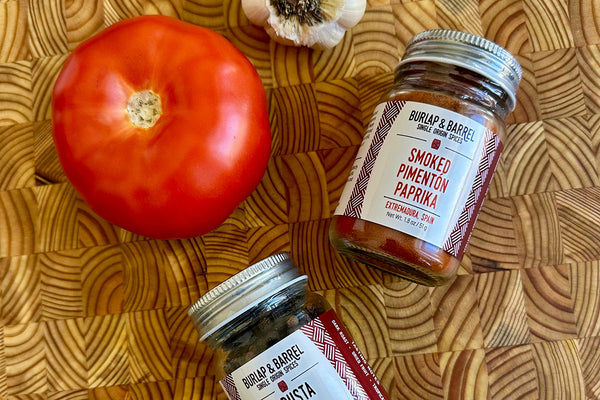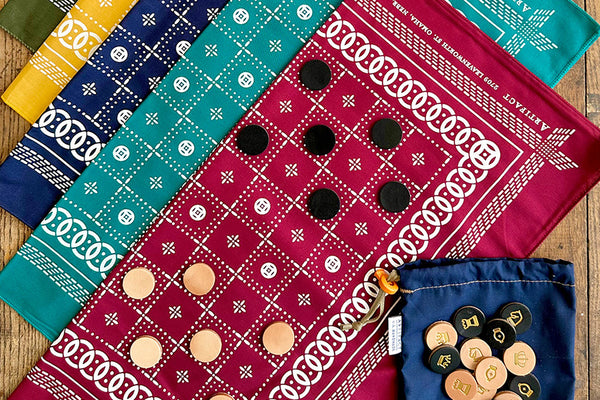The Artifact Blog
ARTIFACT Interview: Furniture Designer & Woodworker Todd McCollister
I had the opportunity to interview Omaha furniture designer and woodworker Todd McCollister and tour his jaw dropping workshop. His setup is well thought out for one-off pieces up to fully scaled production. Todd works under the moniker Long Grain Furniture, where you can contact him regarding commissioned and finished works. Photography by Dan Brouillette.
Here's our interview:
When did you first become interested in design?
I've been interested in art since high school. When I shifted to furniture design in 2006, I felt like I had some new history to learn, but a lot of the principles were the same.
What drew you to wood as a medium?
In college, I had a Sculpture professor named Chris Powell, who worked a lot in stone. He was very slow, methodical, quiet, and patient. He said to me once that a sculptor has to find the medium that has the right resistance for them. For him, stone was right because its high resistance required his temperament. I tried to learn to blow hot glass for a while. It's as much the opposite of stone as anything I can think of: it is fast and soft, with almost no resistance. Glass requires timing and tremendous foresight, almost like a dance or a musical performance. For me, wood is the right middle ground.
Are there any particular individuals who inspire you?
I care deeply about cultivating greater appreciation and demand for art in Omaha. I want more of the artists I know and love to be able to earn a livingfrom their work. I'll point to local heroes like Ree Kaneko, founder of The Kaneko and The Bemis Center for Contemporary Art; Brigitte McQueen Shew, founder of the Union for Contemporary Art; and several directors of Amplify Arts. They help me believe in myself and my community.

What would the title of your memoir be?
"Kraken vs. Leviathan". The kraken, or giant squid, is a favorite prey of the leviathan, or sperm whale. However, the squid is known to take large chunks out of the whale with its powerful and pointy beak and get away with it. It's been proposed that the two animals might actually hunt one another. If true (and it's doubtful but romantic and tempting to believe), it would be almost the only example in nature of two animals that are both predator and prey to each other. Here's how the fight goes down: See, the whale is a mammal and has to breathe air at the surface. The squid's ammonia-heavy blood is chemically incapable of dissolving enough oxygen at insufficient depth/pressure. When they fight, and they do, and it's epic, the whale tries to drag the squid up to the surface, and the squid tries to drag the whale down. In the other's depth each will literally suffocate.
Any books that have been helpful to you in design and business?
Tao Te Ching, by Lao Tzu (simpler is better); 100 Years of Solitude, by Gabriel Garcia-Marquez (magic realism has helped me break some rules in design, not take things so literally); Jitterbug Perfume, by Tom Robbins (if you want your whimsy to succeed, you better craft it impeccably well).
Artist monographs maybe? Martin Puryear, Richard Serra, Robert Rauschenburg.
What has been challenging to you as an artist?
Like most artists, money presents the greatest challenge. A lot of people admire strong artworks, but not enough will take out their checkbooks.

What is your spirit animal?
That is an animal whose behavior holds commonalities with my character.
Do you have a crush on a particular tool?
In my studio, the most important machine is the Altendorf F-45 sliding table saw. It facilitates the straight lines and repeatable dimensions I rely on to craft virtually everything I make. Without it, I could not reach the standards I set for my work.
Is being an artist in Omaha different than New York? Are there pros and cons?
It's very different. New York has a culture/tradition of demand for fine art and design-forward furniture. I never had to go looking for clients for my furniture work. I never did a single thing that could be considered marketing. But everything I made there was custom designed for someone. I almost never built any furniture straight from my heart, and as such I didn't really develop my own design vocabulary. To have that luxury, I would have needed more space and time. It would have required a massive leap, and I didn't have the resources. In Omaha, I spend a tremendous amount of time marketing, trying to grow demand for fine local crafts. The trade-off is that I have space to experiment. I have developed some ideas that feel like a style, like my own voice. People in Omaha tell me my work is art; in New York, art and design occupy more separate spaces. Consequently, I've come to think of myself as an artist again, and to think I might be able to explore the sculptural things in my head, the more functional things, and all the vast range of things in between, where the two categories slip beneath one another.

How do you manage your creativity? Is it harnessed or structured, or more free range?
I don't try to manage it explicitly. I try to work every day, but I don't force ideas out. The best ideas evolve at their own pace, sometimes very quickly, and other times not so much. Commission projects come with their own sets of constraints, which often helps to bind the idea in, and the idea usually has to be settled before I begin. Then the studio time includes less head-scratching and fewer decisions.
If you were not creating furniture and art pieces in wood, what would you be doing?
I have no idea.
Do you remember your dreams?
Once in a while, I'll have an incredibly vivid dream that I remember in great detail in the morning. A few days ago, I dreamed I was a member of the FBI Behavioral Sciences Unit, from the Netflix series "Mindhunter." Special Agent Bill Tench was training me on the job. I don't recall much now, except there was a moment where I had to draw my weapon, and it felt awkward and unnatural in my hand, like I'd never held a gun before. He had to show me how it worked. That was not a proud moment. Last month, I dreamed I was in an office building that was truly built into the slopes and contours of the landscape around it. The dream was essentially about exploring the architecture, the views from various points, and the features (like two very different lunch spots and a small passenger train) included to make it a pleasant place to work.


